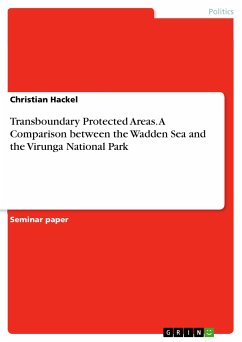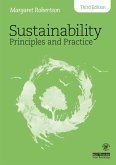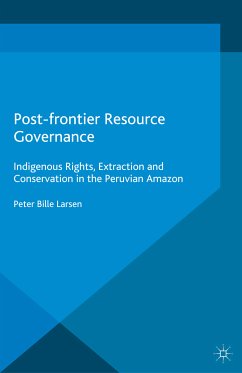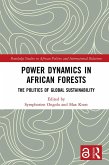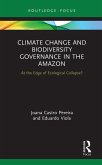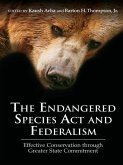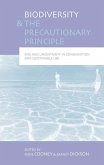Seminar paper from the year 2023 in the subject Politics - Environmental Policy, grade: 1,5, University of London, course: Biodiversity, biosecurity and conservation, language: English, abstract: This paper focuses on the effectiveness and equity of two transboundary conservation interventions (Wadden Sea & Virunga National Park), comparing their individual institutional structures and organizational contexts. Many areas of the world, that are most vulnerable to climate change and biodiversity loss, are also home to large concentrations of indigenous peoples and poor local communities. For many years, conservation practices were mainly geared towards protecting wildlife and nature by separating it from humans. While this fortress approach may have helped to save threatened ecosystems and wildlife, insufficient recognition of equity had negative implications for indigenous peoples and local communities. In recent years, equity is gaining more prominence in global agreements, such as the Paris Agreement. In the context of conservation, equity is reflected in the Kunming-Montreal Global Biodiversity Framework under the Convention on Biological Diversity, which stipulates that equitably managed protected areas shall be expanded to 30% of our planet's land and ocean and equitable participation of IPLC as well as respect for their resource rights are to be ensured. Transboundary Protected Areas are "relatively large areas that straddle frontiers between two or more countries and cover large-scale natural systems, encompassing one or more protected areas". Besides improved conservation outcomes, transboundary interventions are believed to serve other important purposes such as peacebuilding among nations.
Dieser Download kann aus rechtlichen Gründen nur mit Rechnungsadresse in A, B, BG, CY, CZ, D, DK, EW, E, FIN, F, GR, HR, H, IRL, I, LT, L, LR, M, NL, PL, P, R, S, SLO, SK ausgeliefert werden.

